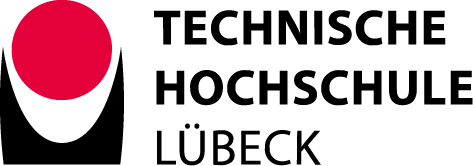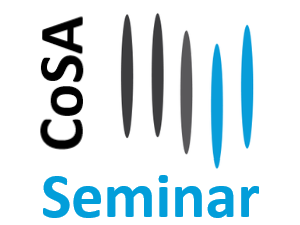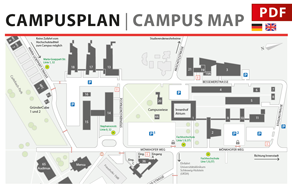The CoSA seminar will be held on October, 24th 2022 at 11:45am hybrid.
Presence: Room 1-1.12
Virtual:CoSA - Seminar (The web conference will be unlocked for attendees at approximately 11:30am).
We have planned the following presentations:
- Sven Ole Schmidt: SALOS - a UWB Single Anchor Localization System based on CIR-vectors
Presentations will last approximately 20 minutes followed by 10 minutes of discussion. We look forward to a lively and active participation.
The seminars can also be found at https://www.th-luebeck.de/cosa/. If you would like to offer a talk as well, please feel free to contact us (fabian.john(at)th-luebeck.de).
Sven Ole Schmidt: SALOS - a UWB Single Anchor Localization System based on CIR-vectors
Single anchor localization systems with radio-frequency (RF) signals provide a position estimation for indoor environments and have unique challenges. For such a position estimation, angle and distance measurements are required. Whereas distance measurements are a standard in RF localization systems, angular measurements require either multi-antenna systems or selective shadowing with mechanical rotation, which is complex and costly. Another approach for resolving the ambiguity of pure distance measurements is the use of multipath propagation when the location of the anchor and the geometry of the indoor environment is given. Multipath information is available by channel impulse response (CIR) measurements. The concept of CIR-vectors for position characterization is already introduced but is not yet evaluated in real systems. A comparison of similarity metrics has not been investigated for a setup with off-the-shelf hardware. We introduce our system SALOS, a localization approach to convert real measurements into CIR-vectors and provide similarity metrics for comparison. We introduce a standard ℓ1-norm, advanced ℓ1-norm, and ℓ1-norm based on the sliding window. We perform 3-dimensional measurements with Qorvo’s DW1000 RF chip in a grid. To increase the resolution distinct transmission bands are assembled. We modeled the expected results of the CIR-vectors based on an optimal anchor positioning and designed several similarity metrics. We evaluate the resulting position estimation. In the best case, SALOS estimates 70% of correct positions for the sliding window ℓ1-norm. For this case, the assessment of ambiguity, our proposed metric to quantify the demand for external information, of 0.89 is reached.


